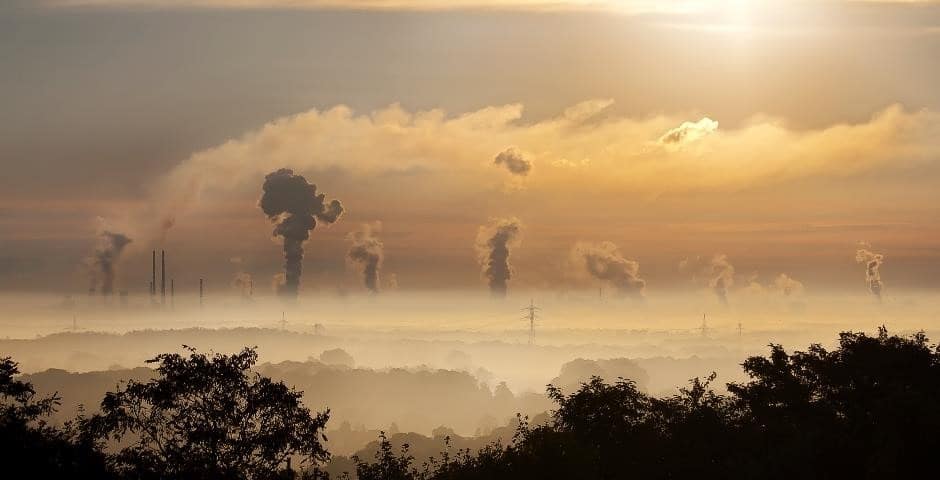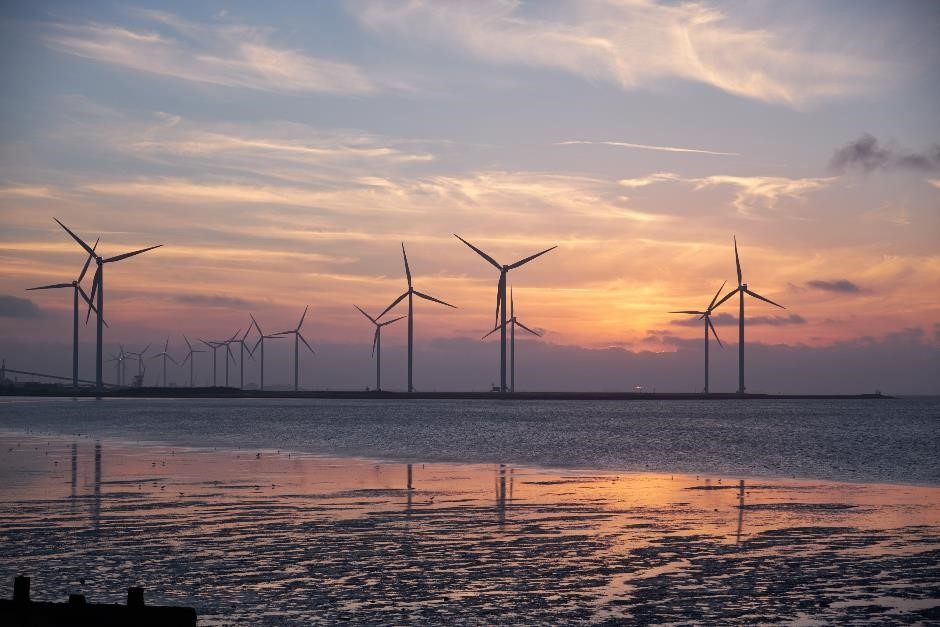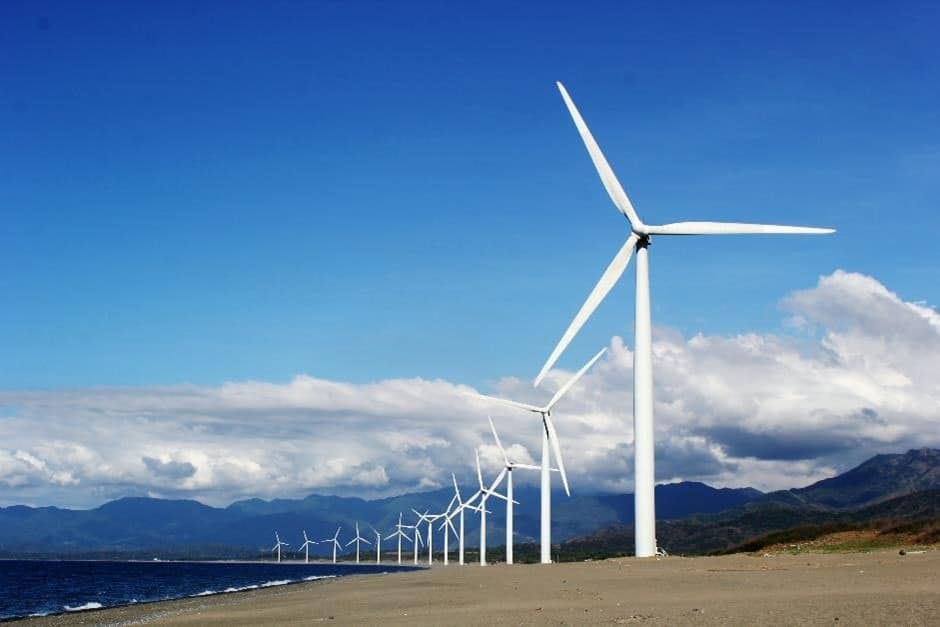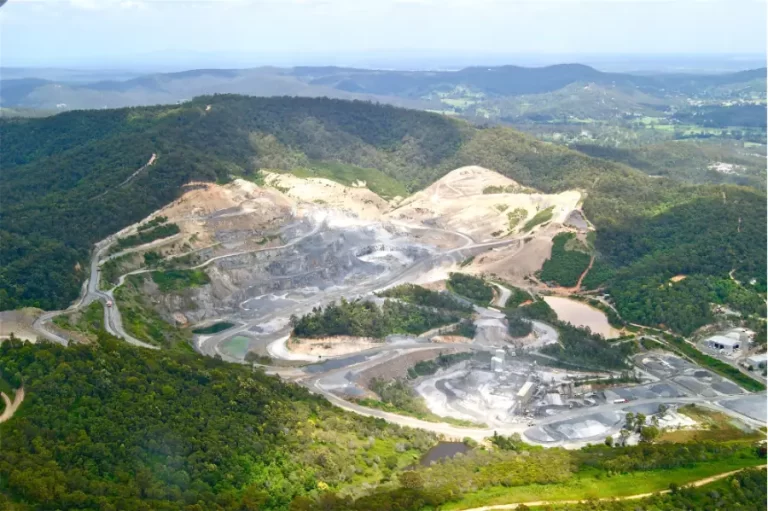Carbon Net Zero And Its Vital Role to Climate Security
Facing the risk of a rapidly changing climate, the concept of Carbon Net Zero, or simply Net Zero, has emerged as the global goal to limit the scale of impact.
Achieving Net Zero is not merely an environmental buzzword; it’s a paradigm shift that demands concerted efforts from governments, businesses, and individuals alike. It is essential if we are to secure a habitable climate for future generations.
So what is Net Zero? What are its fundamental components and what actions will be required to attain this ambitious target?

Understanding Net Zero: A Delicate Balance
At its core, Net Zero refers to the state in which total greenhouse gas emissions produced are equivalent to the amount removed from the atmosphere. In essence, this means balancing the scales that determine global temperature. Achieving this balance is crucial to limit climate change and ensure the impact of human activity is minimized.
Achieving Net Zero involves a wide ranging approach with several key components, each playing a crucial role in a sustainable balance. Let’s unravel these components to understand the comprehensive nature of the Net Zero journey.

Emissions Reduction: The Cornerstone of Net Zero
The cornerstone of Carbon Net Zero is achieving a substantial reduction of greenhouse gas emissions. This involves transitioning away from fossil fuels, adopting energy-efficient technologies, and implementing sustainable practices across industries.
Governments and businesses alike must commit to ambitious emission reduction targets that adopted these practices in order to curtail their carbon footprint.

Technological Adoption: The Driving Force of Progress
The Net Zero journey will rely on adoption and advancements in technology. Many of the innovative solutions we need are already available and able to thrive when supported effectively.

Renewable energy systems and electric vehicles are two examples you may be familiar with. Beyond these, innovative solutions in sustainable agricultural practices and advancement of Carbon Capture and Storage (CCS) will contribute significantly to the removal of emissions that continue.
The Clean Energy Transition: A Pivotal Component
Renewable energy sources will be pivotal. Shifting from fossil fuels to solar, wind, geothermal, and hydro sources is essential in decoupling economic growth from carbon-intensive energy. Support for more nuclear capacity is also considered essential by many.

Meanwhile, battery storage expansion will enable the more erratic renewable sources to provide dependable supplies. Transitioning to this approach not only reduces emissions towards Net Zero, but also fosters a more sustainable and resilient energy infrastructure.
Carbon Offsetting: Bridging The Gap
In cases where complete elimination of emissions is challenging, carbon offsetting comes into play. Offsetting provides the ‘net’ in Net Zero. This involves actively remove or reduce an equivalent amount of greenhouse gases from the atmosphere.
Initial demand for offsetting is likely to be high. Mechanical means of offsetting using CCS technologies are therefore receiving substantial investment from business and governments. However, this technological route is yet to be proven at scale. The natural solution of tree planting is therefore the go-to solution for those looking to offset now.

Restoring Forests: Nature’s Carbon Sinks
Trees are nature’s carbon sinks. They have been absorbing and storing carbon for millions of years. Not to mention providing a home to an incredible range of biodiversity. Consequently they are, by far, the most sensible primary offsetting means we can depend upon.
Reforestation, the replanting of trees in cleared areas, and afforestation, the creation of new forests, will both be needed at a vast scale. With this in mind, the value of forests to climate action was highlighted under an international agreement made at the UN COP26. $12bn was committed under this agreement to halt and reverse global forest losses.

Circular Economic Practice: Rethinking Resource Use
Outside of direct emissions, we must act upon the carbon embedded into the materials we rely on day to day. Shifting towards a circular economy will therefore prove integral. This practice focuses on the reused and recycling of resources, with waste minimized.
In turn this contributes to lowering overall emissions associated with resource extraction and production.
Government Policy: Setting The Stage For Change
In all this, governments play a pivotal role enabling and shaping the landscape for Net Zero. Implementing stringent policies and regulations that encourage emission reduction and promote sustainable practices is key. In time, this creates a forward thinking environment for businesses and individuals to align with Net Zero objectives.
Such policy direction is already prevalent in many countries and increasing rapidly. It is therefore clear that many governments consider Net Zero economies to be the future. They in essence represent the next stage of economic progress.

The Business Community: Leading The Way
Businesses, as major contributors to emissions, must actively commit to Carbon Net Zero. This involves setting emission reduction targets, incorporating sustainable practices into operations, and investing in renewable energy sources.
Corporate Social Responsibility must extend beyond philanthropy to encompass tangible actions that contribute to a sustainable future. Rapid growth in sustainable finance and reporting is already displaying the demand for this from both customers and investors. Net Zero minded businesses are increasing in response.

International Collaboration: Net Zero Diplomacy
The pursuit of Net Zero is not confined to national borders, it is a global endeavour. International agreements and collaborations therefore amplify the impact of individual efforts.
This is recognised through formation of The Paris Agreement, signed by countries worldwide in 2015. This agreement set the stage for collective action to limit global warming at 1.5oc, placing strong emphasis on achieving Net zero by the latter half of this century.

The Glasgow Climate Pact reinforced these commitments in 2021, establishing a global goal of reaching Net zero by mid-century. This diplomatic progress signals a shared recognition of the urgency to address climate change on a global scale.
Challenges On The Road To Net Zero
While the concept of Net Zero is visionary, the journey is not without challenges. Convincing all stakeholders to prioritize sustainability, overcome financial barriers, and navigating the transition of multiple industries poses formidable obstacles.

Technological uncertainties and the need for substantial investment underscores the intricate path toward achieving a Net Zero future.
It is therefore unsurprising to many that in reality an uncertain future remains. Consequently, achieving the goal of limiting global temperature increases to 1.5oc looks increasingly unlikely.

The Imperative of Net Zero
The concept of Carbon Net Zero represents an ambitious approach to addressing climate change. It requires a collective and unwavering commitment from governments, businesses, and individuals.
It most certainly has its challenges, however by understanding and integrating the key components outlined we can pave the way for a sustainable and secure future. Given the value it presents, both to our climate and to our future economy, there is no doubt it is the future.
The real question that remains though is can be happen quickly enough?






